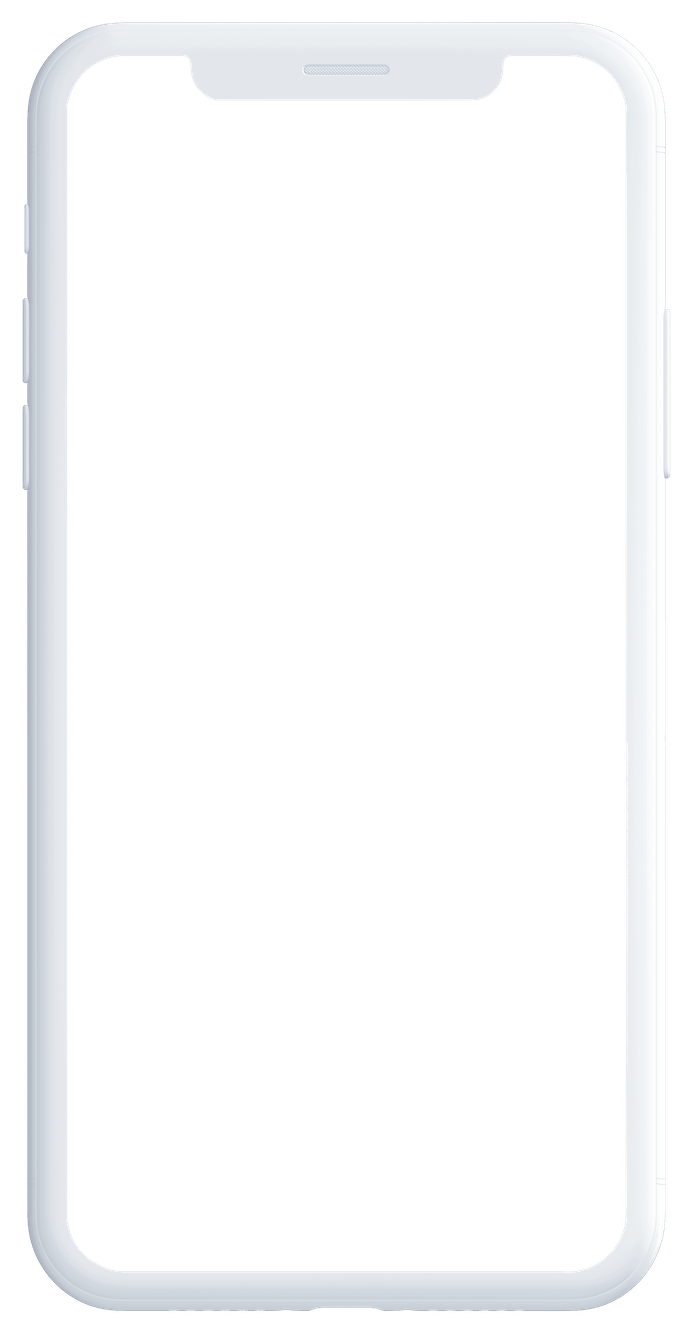
How Not to Die: Daily Dozen
by Michael GregerThis book, How Not to Die, is the most popular and highest rated healthy living book. In the application, we divided this book into two parts. The first part has a list of all causes of death and how to prevent them. In this part, we will cover the Daily Dozen—what you should actually eat in order to prevent the most common death-causing diseases.
Part 1: Introduction
Healthy living, as it’s described in this book, is not simply another diet. It shouldn’t be perceived as a diet at all. It’s a way to be healthier and prevent many diseases. The more you follow this book’s advice, the better your health will be in the future. You don’t have to follow everything, just as much as is comfortable for you. It’s better if you follow half of the suggestions for a long time than give up after one week trying to go all in.
This diet might be different than the USDA’s recommendations because that organization is strongly influenced by big corporations. In fact, not everything they say has been proven by science. The mission of the USDA is “to expand the market for agriculture products,” and that mission does not always serve your health.
Ok, so let’s talk about the diet.
Dining traffic light.
Let’s categorize food into three categories:
Green light - you can eat these foods as much as you want.
Orange light - you can eat these foods sometimes, but with caution.
Red light - you should do everything possible to avoid these types of food.
It’s not so easy to precisely categorize all foods; however, there is a general rule that you can follow:
Green - unprocessed plant foods
Orange - processed plant foods, unprocessed animal foods
Red - ultra-processed plant foods, processed animal foods
What does processed mean? Pretty much all types of processing lowers food quality. For example, white flour is worse than whole-grain flour. However, sometimes processing can make food healthier, so it’s not always bad. For example, tomato juice is healthier than fresh tomatoes because it has more antioxidants.
Unprocessed = nothing bad added, nothing good taken away.
Michael Greger’s diet is simply a whole food, plant-based diet. It’s not about vegetarianism or veganism. It’s about:
-
Avoiding all animal products
-
Avoiding processed plant foods (flours, white rice, etc)
-
Eating a lot of different fruits and vegetables
If you want to discover great healthy recipes, here are some sources:
-
Forksoverknives.com
-
Straightupfood.com
-
Happyhealthylongliving.com
-
The How Not to Die Cookbook
Actions to take
Part 2: Dr. Greger’s Daily Dozen
Even though whole food, plant-based nutrition is easy to understand, some plant foods are better than others. Also, it’s good to differentiate your diet with different types of plants. For example, you cannot replace flaxseed and the anticancer lignan compounds with any other type of food.
Daily Dozen has been designed to allow you to get the most nutrition possible from food.
Daily Dozen has twelve recommendations about what you should eat (and do) every day in order to provide your body with the best possible food.
Here is the list of these twelve elements, along with an explanation of why they are important.
Actions to take
Don’t just read. Act.


